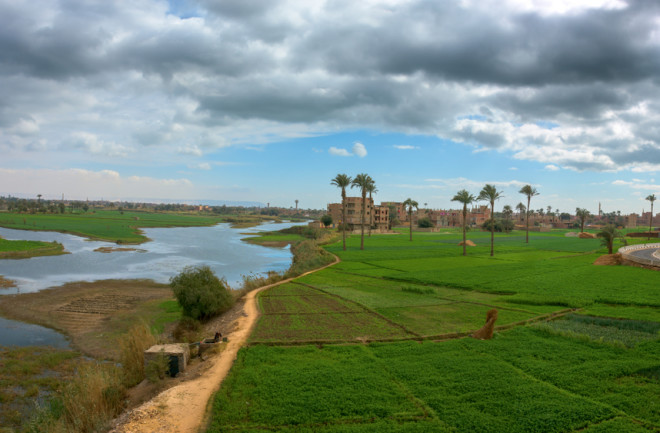Ancient Egypt was a powerhouse civilization at a time when much of the world had yet to start building the first cities. Why did Egypt rise to power so early, and how did a society with so little rainfall support a population sufficient to build the pyramids? The answer can be traced back to a simple, but powerful force: the Nile River.
The Nile is the longest river in the world, stretching more than 4,000 miles. It fueled civilization in ancient Egypt as well as neighboring Nubia, another ancient civilization along the Nile River in what’s now Sudan and Egypt.

